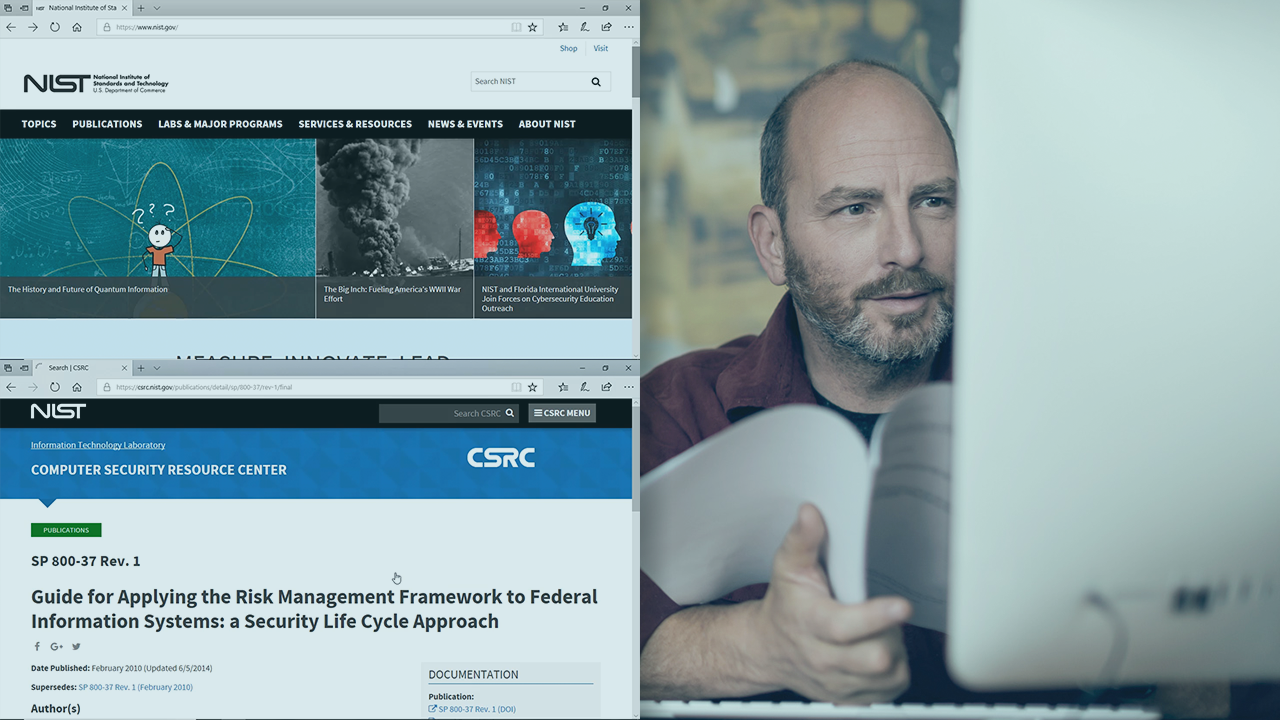- Course
Implementing NIST's Risk Management Framework (RMF)
Challenges in IT today include balancing security, functionality, risk, and compliance, all with limited resources. In this course, you'll learn how the NIST Risk Management Framework can help you do all of this by providing a formal process.

- Course
Implementing NIST's Risk Management Framework (RMF)
Challenges in IT today include balancing security, functionality, risk, and compliance, all with limited resources. In this course, you'll learn how the NIST Risk Management Framework can help you do all of this by providing a formal process.
Get started today
Access this course and other top-rated tech content with one of our business plans.
Try this course for free
Access this course and other top-rated tech content with one of our individual plans.
This course is included in the libraries shown below:
- Security
What you'll learn
Managing risk is one of the primary goals of businesses, particularly in the information security program. Risk management provides the vehicle for the balance between resources, compliance, and security. Organizations must protect their information assets by establishing and maintaining an effective risk management program, considering the organization’s environment, threats, resources, and sensitivity of its data. In this course, Implementing NIST's Risk Management Framework (RMF), you'll gain a solid foundation and knowledge on the risk management aspect of security, as well as, how to employ the RMF to effectively deal with risk and compliance in your organization. First, you'll learn how to categorize systems based upon criticality and impact, select the appropriate security controls, and then implement those controls. Next, you'll also learn how to conduct control and risk assessments. Finally, you'll learn about the system authorization process and how monitoring the effectiveness of controls and ever-changing risk, by performing continued assessments and reauthorization processes, can help you truly manage cyber risk in the organization. By the end of this course, you'll be well-versed in the NIST RMF and how it can help you with both compliance and security.

